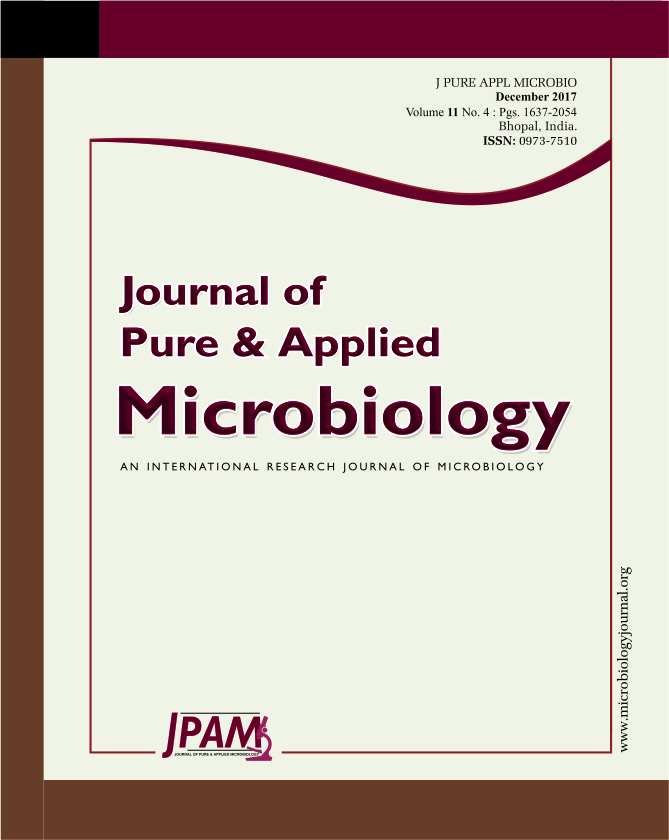Genus Streptomyces contributes to almost 80% of the world’s antibiotics under actinomycetes group. Pigments produced by this genus also been widely reported to have application in different field. This study was aimed in isolating a bio pigment having antimicrobial, anticancer and quorum quenching properties. To achieve the aim soil samples from the regions of Western Ghats around Coimbatore (TN, India) were collected which holds biological diversity and rich in mineral wealth. The aim was attained through screening of antagonisms for potential strain and the morphological, biochemical, physiological and molecular characterization was investigated sequentially. Further, the biological studies were evaluated. Totally 161 Actinomycetes strains were isolated from the collected samples out of which potent 27 were pigmented Streptomyces sp. The potential strain was screened through antagonism principle and the morphological, biochemical, physiological and molecular characterization revealed that the strain is Streptomyces hygroscopicus AVS7 (KP732441). The crude pigmented secondary metabolites were extracted using polar solvent methanol from the biomass of the strain AVS7. The chemically characterized metabolite was a carboxylic acid derivative compound. The crude methanolic metabolites extract which was reddish brown in color showed maximum zone of inhibition against 6 different pathogenic organisms from antimicrobial assessment. The crude extract showed quenching activity of the quorum sensing molecules produced by Staphylococcus aureus. From this it is evident that the crude secondary metabolites have the potentiality of being an antibiotic. The bioactive crude extract was found to have biological properties at significant range and further bioprospecting activity will be evaluated in future studies.
Antagonist, MIC, pigments, quorum quenching, Streptomyces sp.
© The Author(s) 2017. Open Access. This article is distributed under the terms of the Creative Commons Attribution 4.0 International License which permits unrestricted use, sharing, distribution, and reproduction in any medium, provided you give appropriate credit to the original author(s) and the source, provide a link to the Creative Commons license, and indicate if changes were made.


